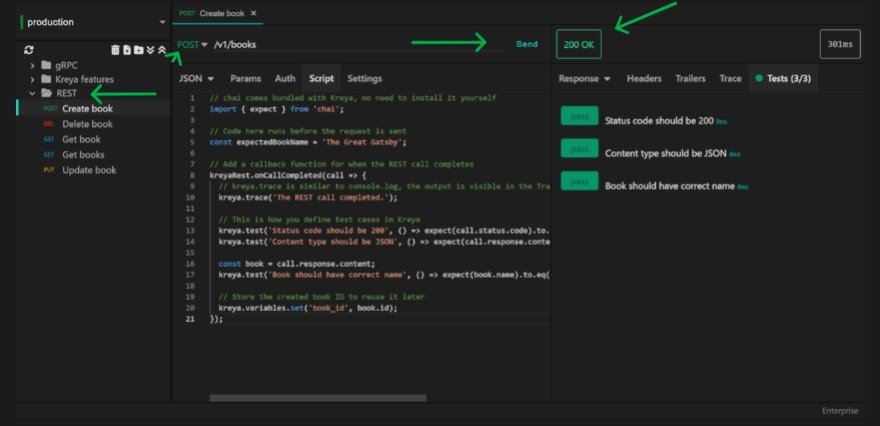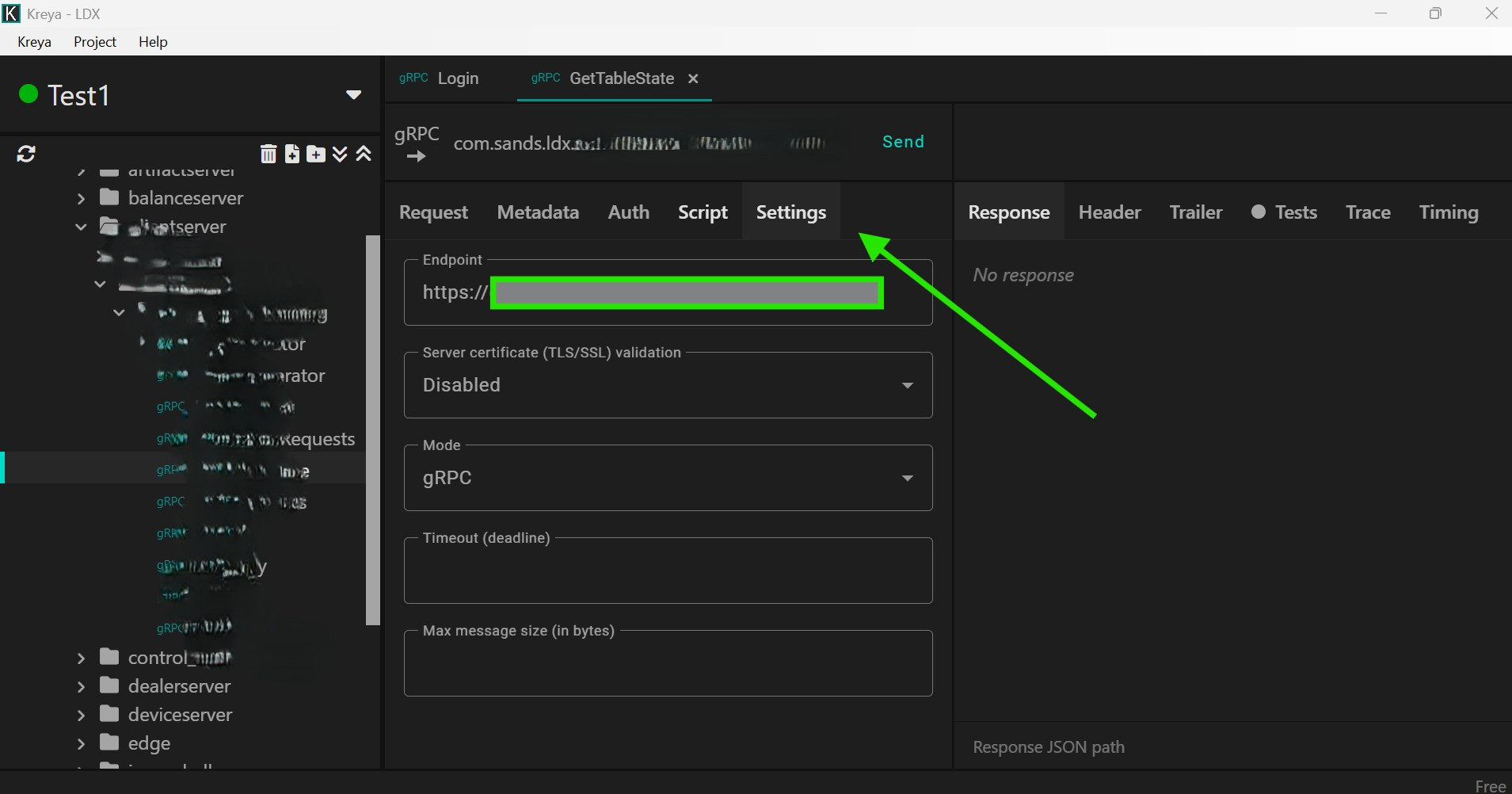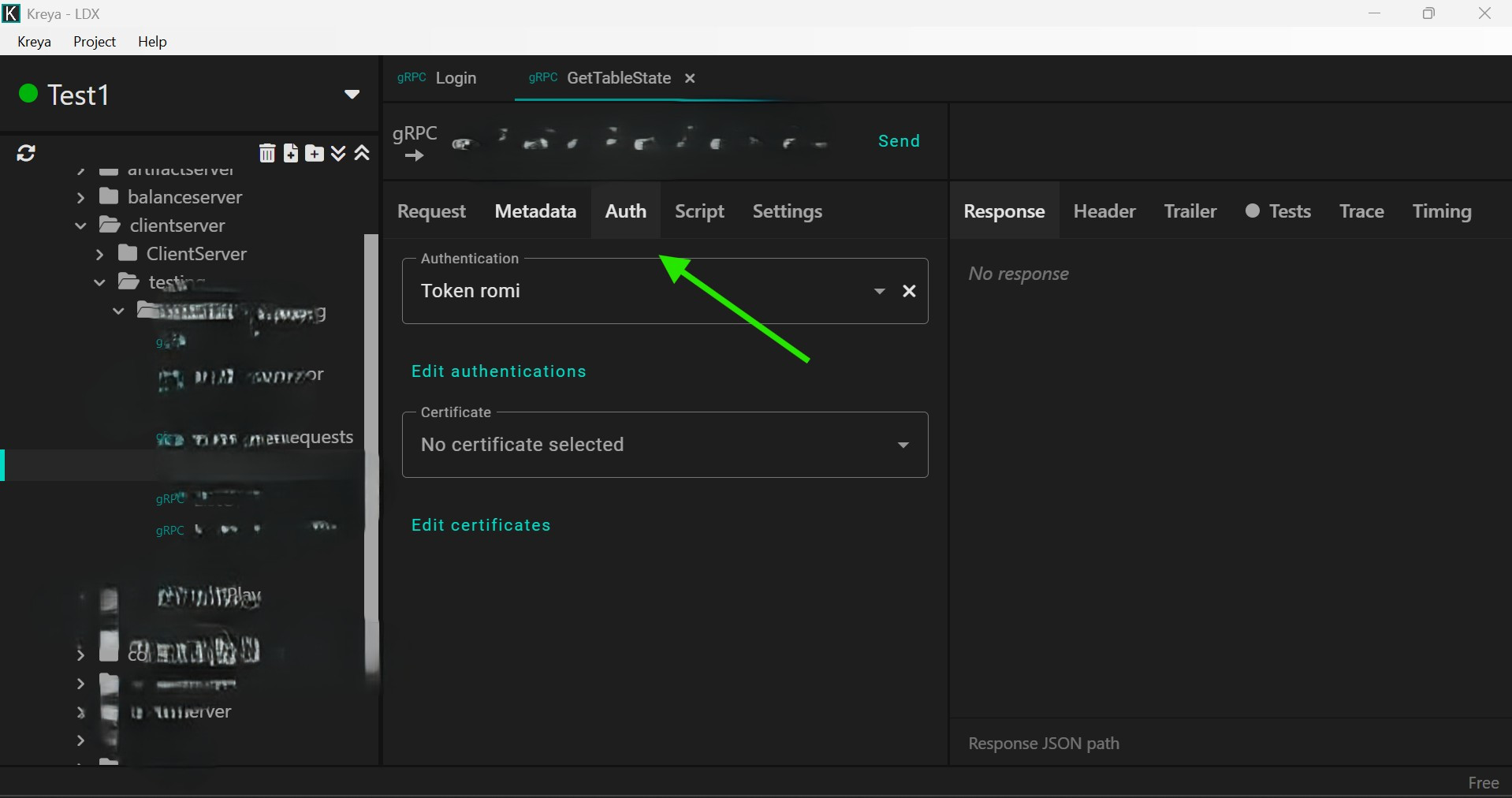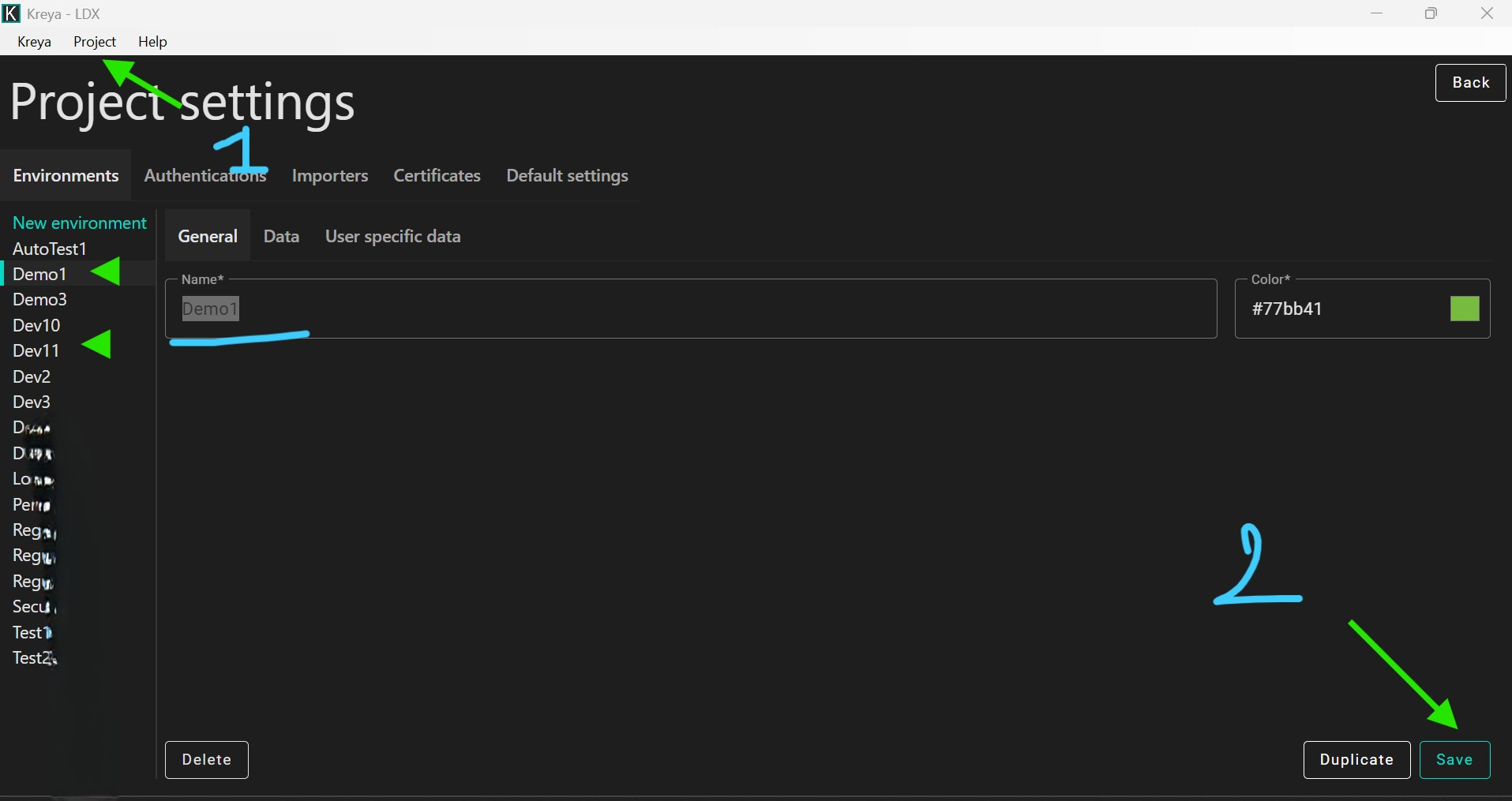 TESTING TOOLS
TESTING TOOLS "Kreya” Api Testing Comprehensive Guide: From Basics to Brilliance

API testing might sound daunting, but it really does not have to be-so, thanks to “Kreya”. This guide marks the beginning of a series that will walk you through the effective usage of “Kreya” in testing APIs. If you are just getting started, then this is the right place for you. Future guides in this series will take you from the basics into advanced techniques that will ensure you're set up with everything you need to know to excel in API testing.
What is “Kreya”?
“Kreya” is a powerfully designed API client built for effortless testing of REST, GraphQL, and gRPC APIs. Unlike any other conventional solutions, “Kreya” closes the gap between developers and QA through a user-centric, zero-cumbersome-to-use interface while not having to give away functionality on that account. It hosts several advanced capabilities, like smoothly handling various request management-related work, flipping environments, and also powerful ways to handle authentications.
“Kreya” automates complex tasks and organizes the workspace so that testers can efficiently validate API performance, consistency, and reliability while adapting to ever-growing demands emanating from diversity in testing environments.


Why Choose “Kreya” for API Testing?
“Kreya”'s unique blend of usability and advanced capability makes it a totally different proposition for traditional API testing tools. The key advantages of integrating “Kreya” into your QA workflow: -
- Friendly User Interface: “Kreya”'s simple, responsive interface is all about usability and clarity, saving the tester time by smoothly moving towards the core job of testing.
- Support for Variety of APIs: Whether it is testing RESTful APIs, running GraphQL queries, or testing gRPC endpoints, “Kreya” accommodates a wide variety of API architecture.
- Advanced Authentication Mechanisms: “Kreya” easily configures various authentication methods like OAuth2, API keys, and Basic Authentication while guaranteeing the safety and efficiency of APIs.
- Reusable Requests and Components: Save frequently used API requests and configurations to reduce redundancy and improve testing efficiency.
- Dynamic Environment Management: “Kreya” makes it very easy to switch between Development, Staging, and Production environments without having to go through the painful process of modifying endpoints manually.
- Automation and Scripting: Inbuilt scripting enables automation of repetitive test scenarios, hence freeing the user from a lot of manual effort and making the tests consistent.
- Organization of Workflow: “Kreya” provides a structured approach to managing and executing complex testing suites through its customizable workflows, aligning testing strategies with organizational objectives.
How to Use “Kreya”: A Step-by-Step Guide:
For those QA professionals and developers for whom “Kreya” is being presented the first time, following step-by-step process presents an ample pathway toward tapping into “Kreya”'s capability.
1. Downloading and Installation of “Kreya”
“Kreya” supports Windows, macOS, and Linux. You can download the setup from its official website at https://”Kreya”.app/ and install it by following the setup wizard.
2. Creating a New Project
Getting Started Once “Kreya” has opened, create a new project. Projects allow the user to centrally manage all the API requests within “Kreya”-you may choose to organize requests based on team, by functionality or testing scenarios.

3. API Endpoint Definitions
Add API endpoints depending on the API type, such as RESTful APIs where you identify the HTTP method (for example, GET, POST, PUT, DELETE) and the URL of the endpoint, while for GraphQL or gRPC you configure the queries and methods appropriately.

4. Setting Up Authentication
Configure any authentication that is required directly in “Kreya”. Options include:
- Basic Authentication (username/password)
- **OAuth2 Protocols
- **API Keys or Custom Tokens
- “Kreya” simplifies these configurations through its interface, thereby enabling faster integrations with secured APIs.

5. Making API Requests
Click "Send" to send your API request. “Kreya” displays the result of a response and includes the status codes, headers, response bodies, and metadata for gRPC endpoints.

6. Test Results Analysis
Validation of the response for correctness and completeness: for example, verify HTTP status codes (like 200 OK) and check if response content contains expected values. “Kreya”'s clear presentation makes discrepancies easy to identify and resolve.

7. Switching Environments and Retesting
“Kreya”'s most important feature, environment management, allows switching across testing contexts like Development, Staging, and Production without a single line of edit to the endpoints for this purpose. This warrants comprehensive validation across each stage of deployment.

Best Practices for API Testing using “Kreya” ----
Maximize the value of “Kreya” by the following advanced practices:
- Incremental Testing: start from the simple requests with less complexity and advance your steps with those needing more complexity.
- Leverage Variables for Flexibility: Use dynamic variables to test APIs with changing inputs, enhancing scalability.
- Maintain Comprehensive Documentation: Annotate and save requests with relevant descriptions to improve clarity and collaboration inside the team.
- Automation of Test Scenarios: Use scripting to automate tasks that may be repetitive and hence limit human errors. This enhances test coverage.
- Organize Tests into Logical Workflows: Setup the tests in related groups so that they become more structured and aligned with QA objectives.
- Fully validate responses: Check status codes, headers, and response payload for consistency across environments.
- Test Edge Cases: Test boundaries, error conditions, and invalid inputs to validate API resiliency and error handling.
Conclusion: -
“Kreya” stands in this period of changing paradigms in API testing by bundling accessibility together with advanced capability to cater to the dynamically changing dimensions of needs experienced by today's QA.
Kreya empowers users' efficiency and accuracy for engaging in more effective REST, GraphQL, and gRPC APIs testing while managing environments for it automatically and including structured workflows to perform tasks.
Whether it's refining an existing process of testing or just starting this journey with API testing, “Kreya” can definitely offer the scalability that enables QA teams to push through with more robust and reliable software. Leverage the power of “Kreya” by optimizing your workflows of testing for assuring API reliability at much higher confidence levels.
Next up, stay tuned for an introduction to the intermediate and advanced features of “Kreya” as we move on to advanced stages in the art of API testing!
Hello, I Want to Hear from You ...! 👈👀
Have you worked with “Kreya” or any other API testing tool? Share your views, tips, or questions in the comments section below. Let's create a collaborative community to move forward with state-of-the-art API testing practices!
*** HAPPY TESTING ***
